November 7, 1993: The day the Paris crowd booed Goran Ivanisevic for serving too well
Every day Tennis Majors looks back to the biggest moments in tennis history. On November 7, 1993, we remember how Goran Ivanisevic’s deadly serve not only helped him claim the Paris Indoor title, but also turned the crowd against him
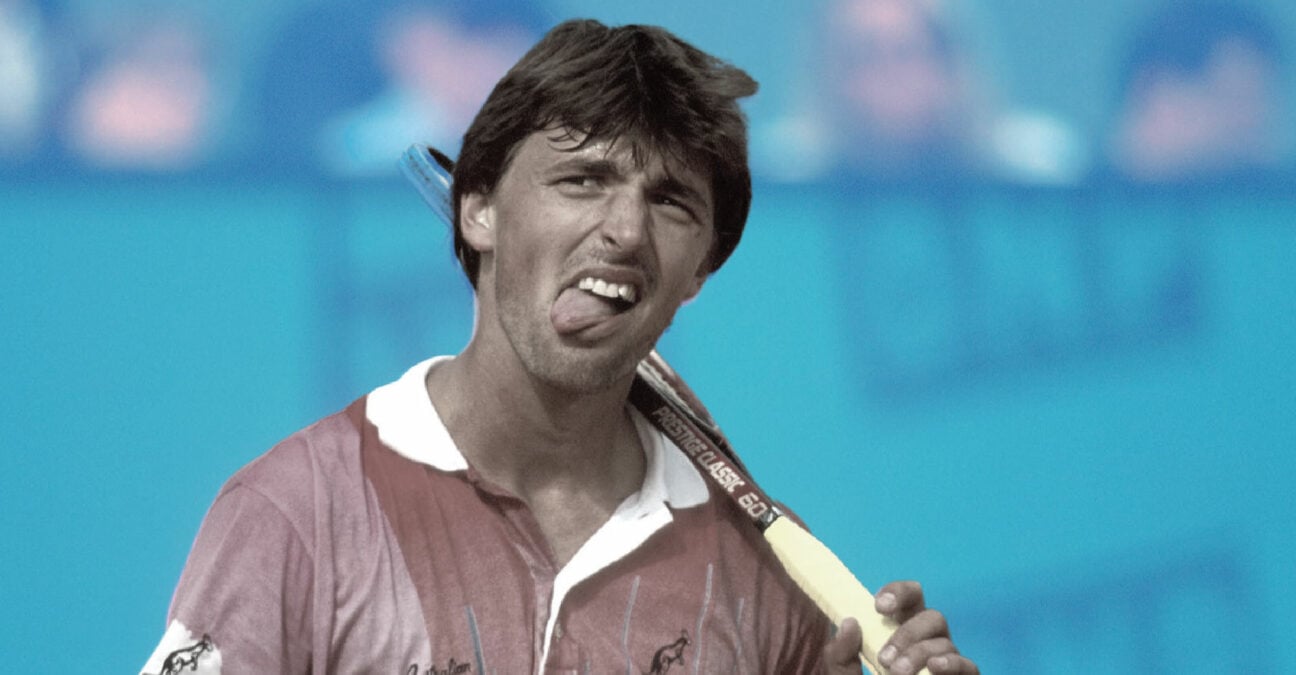 Goran IVANISEVIC – Tennis – Roland Garros – 28.05.1994 attitude largeur grimace im 315355
Goran IVANISEVIC – Tennis – Roland Garros – 28.05.1994 attitude largeur grimace im 315355
What happened exactly on that day?
On November 7, 1993, Goran Ivanisevic defeated Andrei Medvedev in the final of the Paris Indoor Open (6-4, 6-2, 7-6), firing 27 aces and 32 service winners. The Croat served so well that the difficult-to-please crowd eventually began to boo his aces, in protest of his “servebot tennis”.
The players: Goran Ivanisevic and Andrei Medvedev
- Goran Ivanisevic: The volatile left-hander capable of being a genius
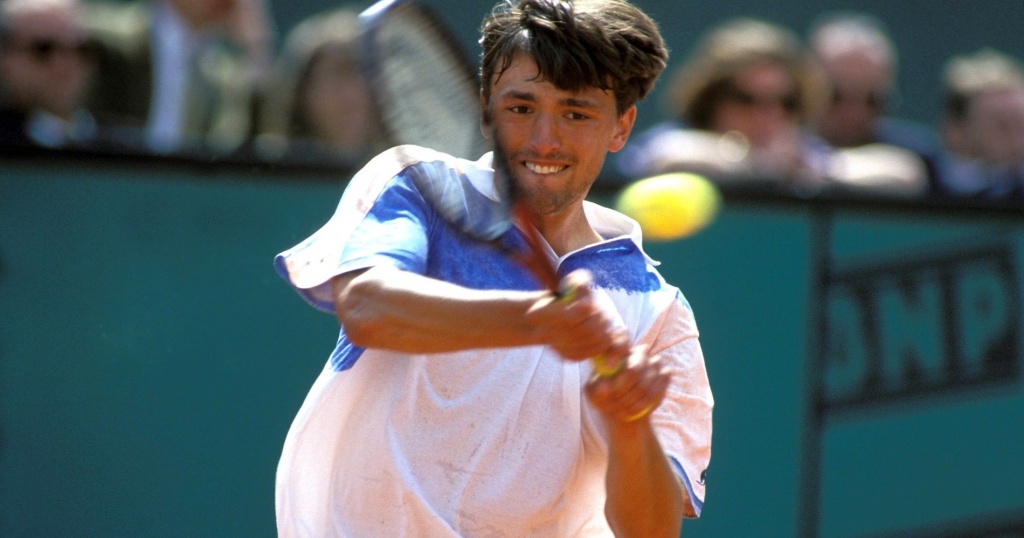
Goran Ivanisevic was born in 1971 in Split, Croatia, and had his breakthrough year in 1990 when he was only19 years old. That year, he made himself famous by reaching the quarter-finals at Roland-Garros after defeating Boris Becker, then ranked No 3, in the first round, and followed it up by reaching the Wimbledon semi-finals, where it was the same Becker who beat him (4-6, 7-6, 6-0, 7-6).
In 1991, his season was disturbed by political issues in his country as Yugoslavia was ravaged by civil war and he couldn’t focus on tennis.
In 1992, Ivanisevic returned to the top and, firing 206 aces during the tournament, he reached the Wimbledon final where he was defeated in five sets by Andre Agassi (6-7, 6-4, 6-4, 1-6, 6-4). He finished the year as world No 5 but in 1993, the Croat injured his foot before the Australian Open and struggled to find his pace when he returned to the tour.
The Croat didn’t go past the third round of any Grand Slam event and was soon out of the top 10. However, Ivanisevic started playing well again on indoor courts, claiming his first titles of the year in Bucharest and Vienna (where he beat local hero Thomas Muster in the final, 4-6, 6-4, 6-4, 7-6) late in the season, and finished runner-up at the Stockholm Masters 1000 (defeated by Michael Stich, 4-6, 7-6, 7-6, 6-2). Thanks to these results, he was seeded ninth at the Paris Indoor Open.
- Andrei Medvedev: Ukrainian making waves on the ATP Tour
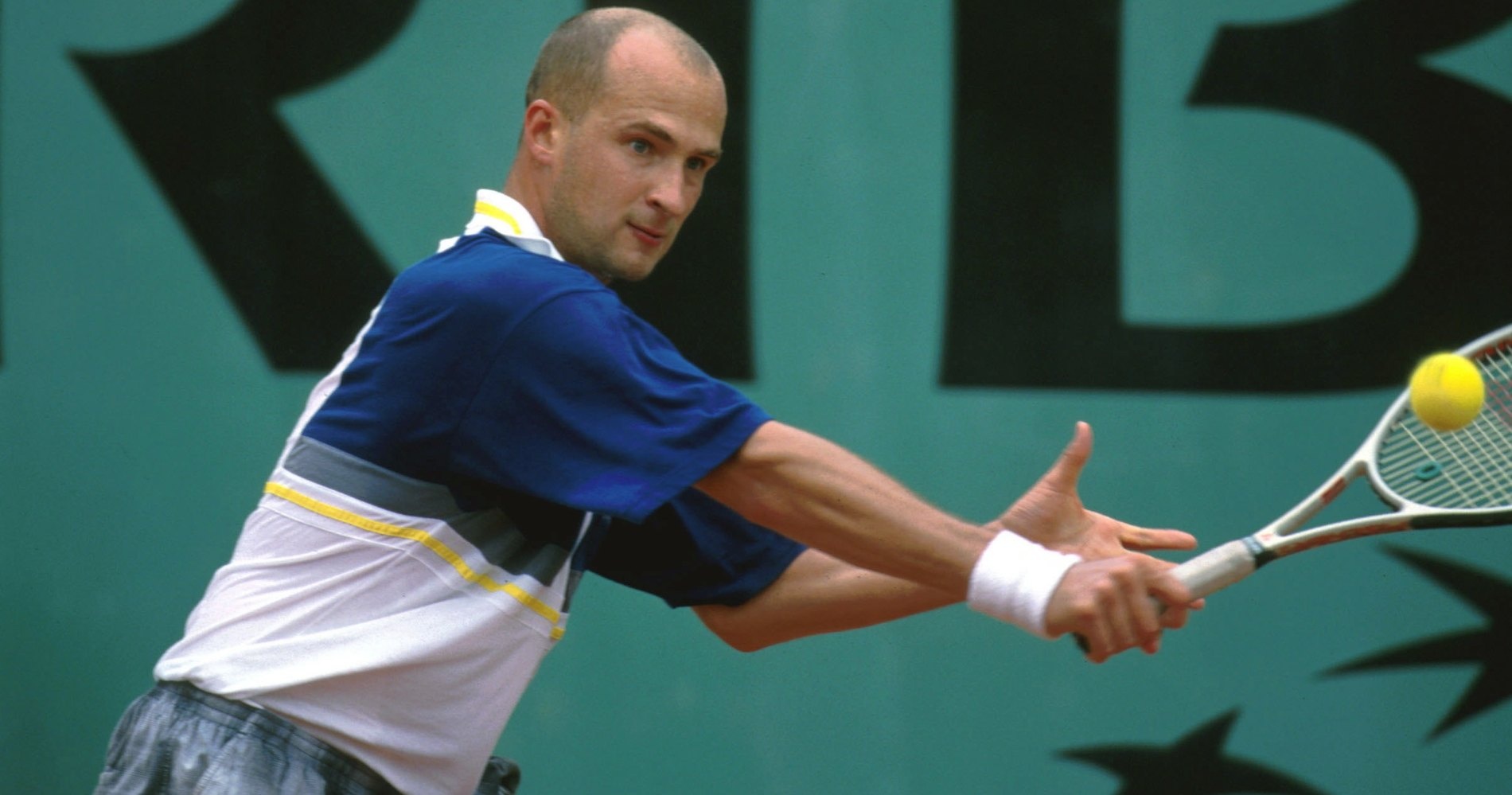
Andrei Medvedev, born in 1974 in Kiev, had a very early breakthrough at the elite level. The Ukrainian claimed his first tile in Genoa in 1992, at the age of 17, defeating Guillermo Perez-Roldan in the final (6-3, 6-4). This first title was soon followed by two others, in Stuttgart and Bordeaux, and by the end of the year, Medvedev was already ranked No 24 in the world. He continued his rise to the top in 1993, defeating future Roland-Garros champion, Sergi Bruguera, on his home turf in the Barcelona final (6-7, 6-3, 7-5, 6-4). The Spaniard took his revenge at the French Open a few weeks later, defeating Medvedev in the semi-finals (6-0, 6-4, 6-2). In November 1993, at the age of 19, the Ukrainian was ranked No 8 in the world, had already claimed six titles on the tour and had become the third teenager – after Mats Wilander and Boris Becker – to earn $1 million in prize money.
The place: The indoor arena in Bercy, Paris
The Paris-Bercy Indoor Open was established in 1986. Held each year in early November, it was usually the last tournament on the tour before the season-ending ATP Masters and the Davis Cup final. One of the most prestigious indoor events in the world, it became a part of the Super 9 category (the former name for the Masters 1000) in 1990. Among its former champions were great names such as Boris Becker (1986, 1989, 1992) and Stefan Edberg (1990).
The facts: Ivanisevic’s serve too good for Medvedev, too dull for fans
When Goran Ivanisevic stepped onto the Paris Indoor Open main arena to face Andrei Medvedev in the final, his reputation as a big server was already well established. The left-handed Croatian had notably fired 206 aces at Wimbledon in 1992, when he had lost a five set final to Andre Agassi. In Paris, on his way to the final, Ivanisevic had already served 70 aces to defeat three top 10 players: Michael Chang (7-6, 7-5), Pete Sampras (7-6, 7-5) and Stefan Edberg (4-6, 7-6, 7-6). However, neither the Parisian crowd nor Medvedev had imagined that on this day, Ivanisevic was going to deliver such a serving masterclass that tennis authorities would have to slow down the game to keep the general public’s interest!!
During three sets, Medvedev, despite being ranked No 8, was left clueless when it came to returning the Croat’s serve. The numbers spoke for themselves: in 15 serving games and one tie-break, Ivanisevic served 27 aces and 32 service winners – almost enough to hold his serve the entire match without ever having to hit a second shot.
All week long, the Parisian public had shown a lot of support to Ivanisevic, but on that particular day, his serve ruined the show and a part for the crowd finally began to boo him after each of his unreturned serves. “I didn’t boo him because I was a big fan.” Vincent, a tennis enthusiast who was in the audience on that day, would recall. “However, I must admit that there wasn’t much to see on his service games and it wasn’t a great final to watch.”
Ivanisevic, despite the crowd’s hostile attitude, remained unperturbed and sealed his victory, 6-4, 6-2, 7-6.
“I don’t care,” Ivanisevic said, of the booing, according to the Los Angeles Times. “They want five sets, but I don’t want to play five sets. (…) To beat four top-10 guys in one tournament is not easy.”
What next? Ivanisevic wins Wimbledon
The 1993 Paris Indoor final would remain as one of the key matches, along with the 1994 Wimbledon final (which also featured Ivanisevic), that led tennis authorities to slow down the game.
“We want to enhance tennis on our faster surfaces,” would say Mark Miles, director of the ATP, quoted by The New York Times at the end of 1994. “This is proof that we should not look to change the rules of tennis but work with the combination of surface and balls,” would declare Patrice Clerc, the Paris Open tournament director, at the same time.
Most of the indoor tournaments would quickly adopt heavier balls and slowed down their surfaces in order to obtain longer rallies. At Wimbledon, after having tried different kind of balls to increase the length of the rallies, the board would finally decide to change the composition of the grass, which slowly doomed the serve-and-volley game to all but disappear from the All England Club.
In 1994, after reaching a second Wimbledon final (lost to Pete Sampras, 7-6 ,7-6, 6-0), Ivanisevic would achieve his highest ranking of world No 2. In 1996, he would serve an unbroken record of 1,477 aces in one season. In 1998, he would suffer a heart-breaking third loss in the final of Wimbledon, where he would be close to leading two-sets-to-love before being edged out again by Sampras (6-7, 7-6, 6-4, 3-6, 6-2).
Devastated by this loss, which he called “the worst moment of his life”, Ivanisevic would not win a single tournament in the 24 following months. However, in 2001, entering the main draw as a wild card ranked No 125 in the world, he would finally triumph at Wimbledon, defeating Pat Rafter in the final (6-3, 3-6, 6-3, 2-6, 9-7). Bothered by his shoulder, the Croat played sporadically until 2004 when he retired after a third-round loss to Lleyton Hewitt at Wimbledon.
Post retirement, Ivanisevic would go on to become a top coach working with Marin Cilic and Novak Djokovic before teaming up with WTA player Elena Rybakina in November 2024.
After having climbed to world No 4 in 1994, Andrei Medvedev would struggle for the next few years, remaining a solid top 30 player, but performing far below the standards he had set in his early years. In 1999, he would achieve a last remarkable achievement, reaching the Roland-Garros final as world No 101, defeated by Andre Agassi after having led two sets to love (1-6, 2-6, 6-4, 6-3, 6-4).





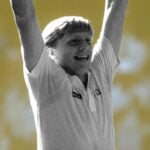
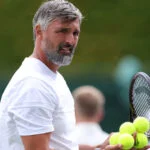








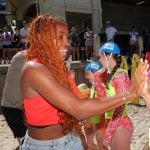

Why not to mention Ivanisevic’s biggest a accomplishment. He won WIMBLEDON as a wild card after he retired.